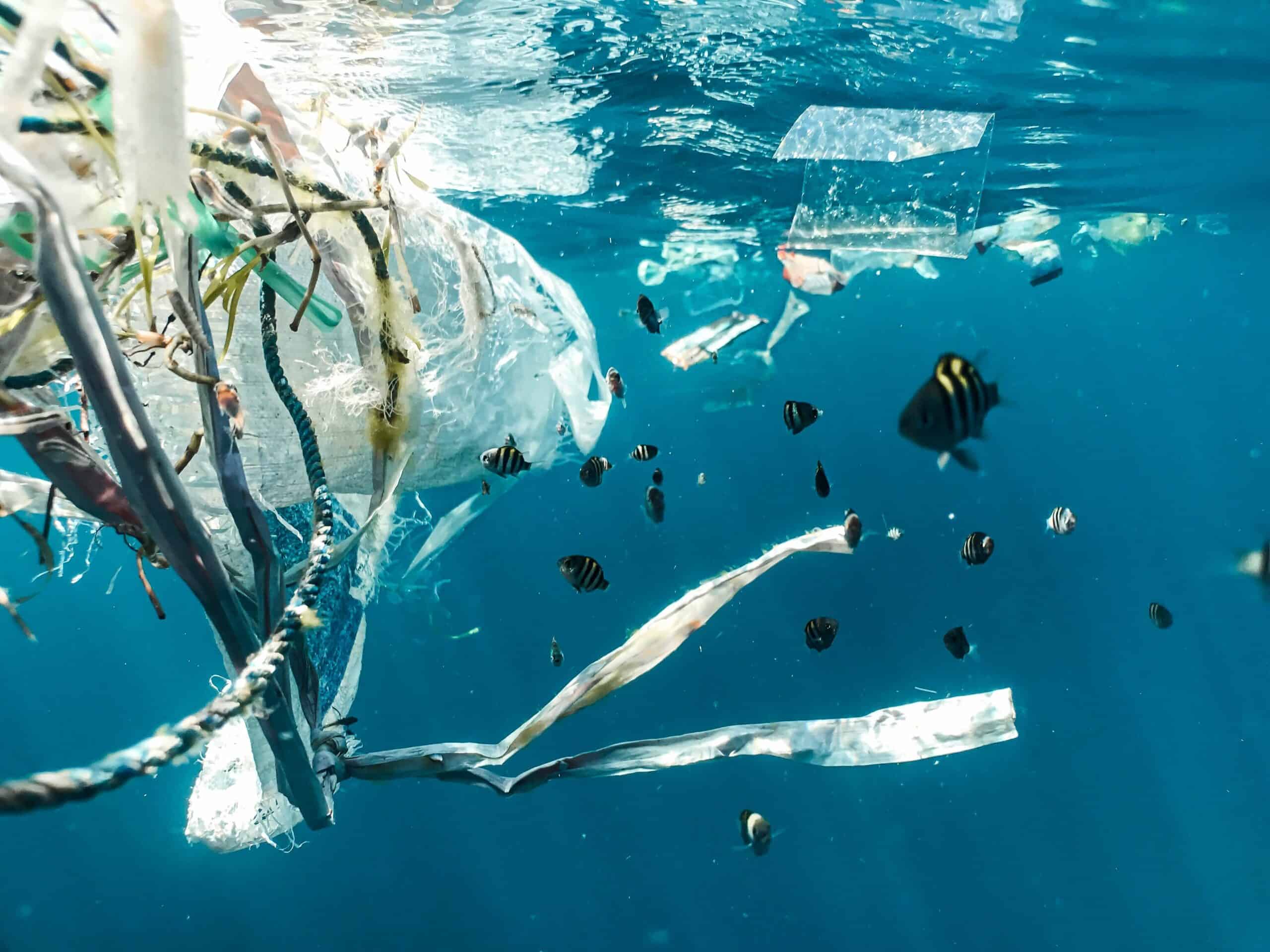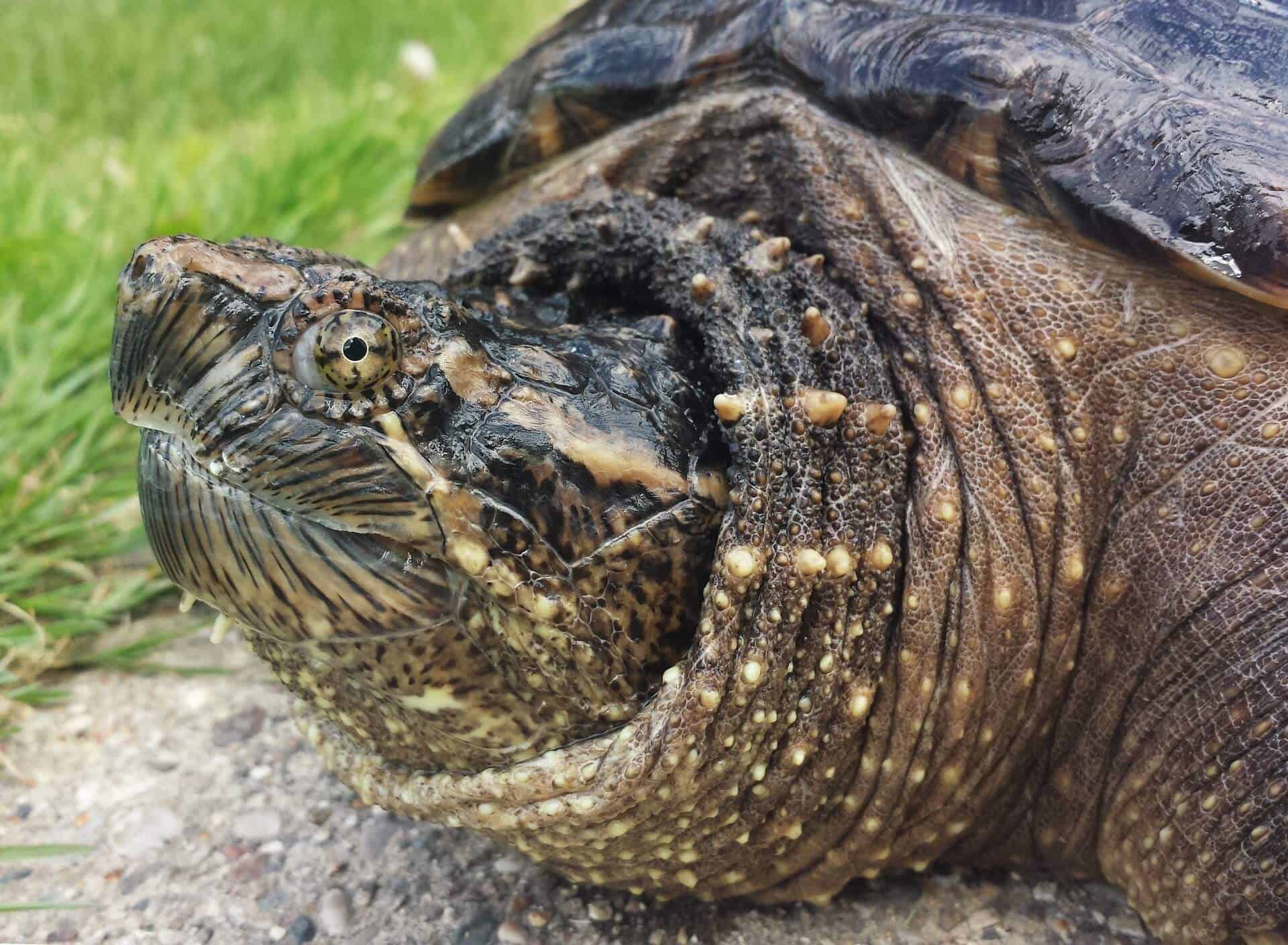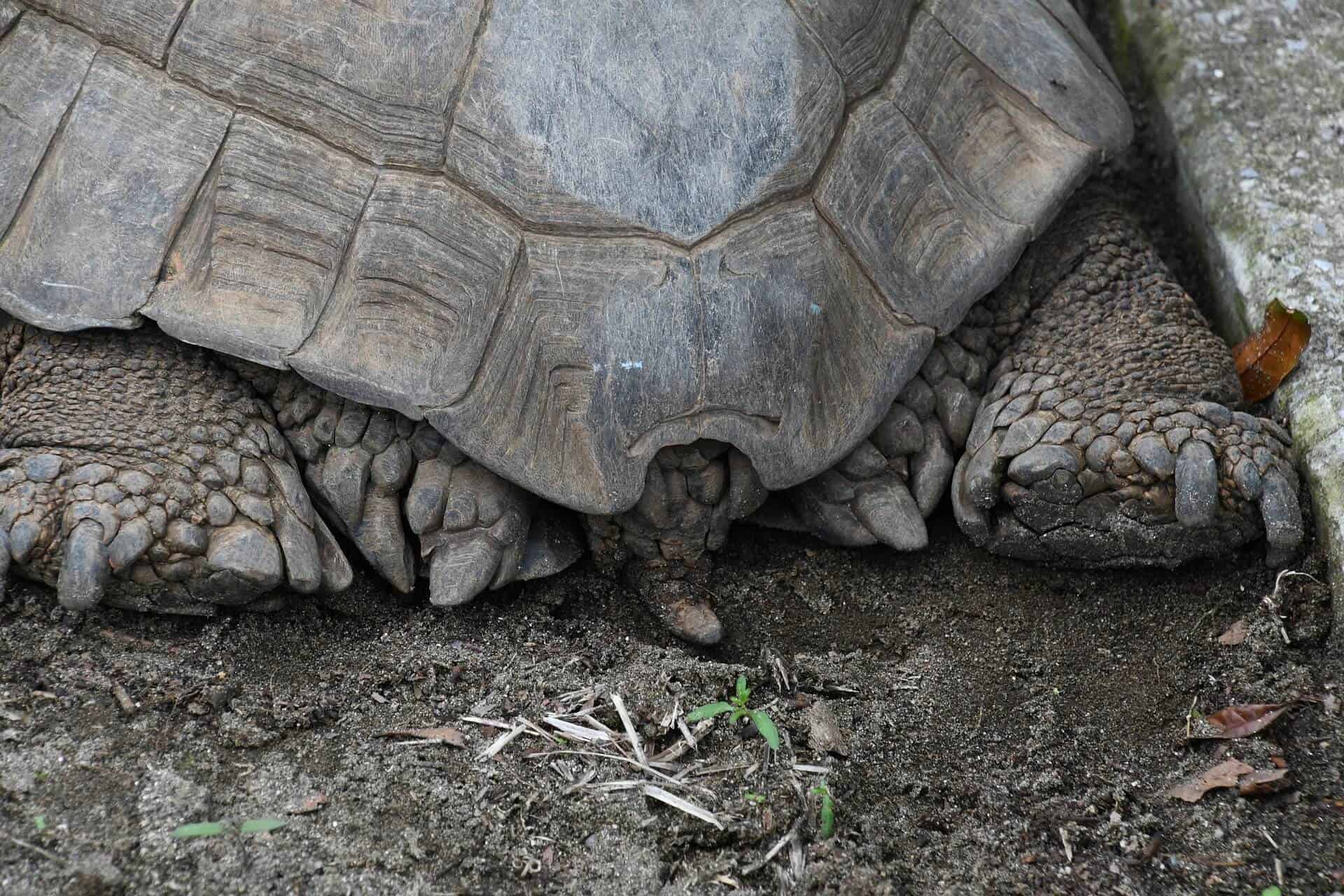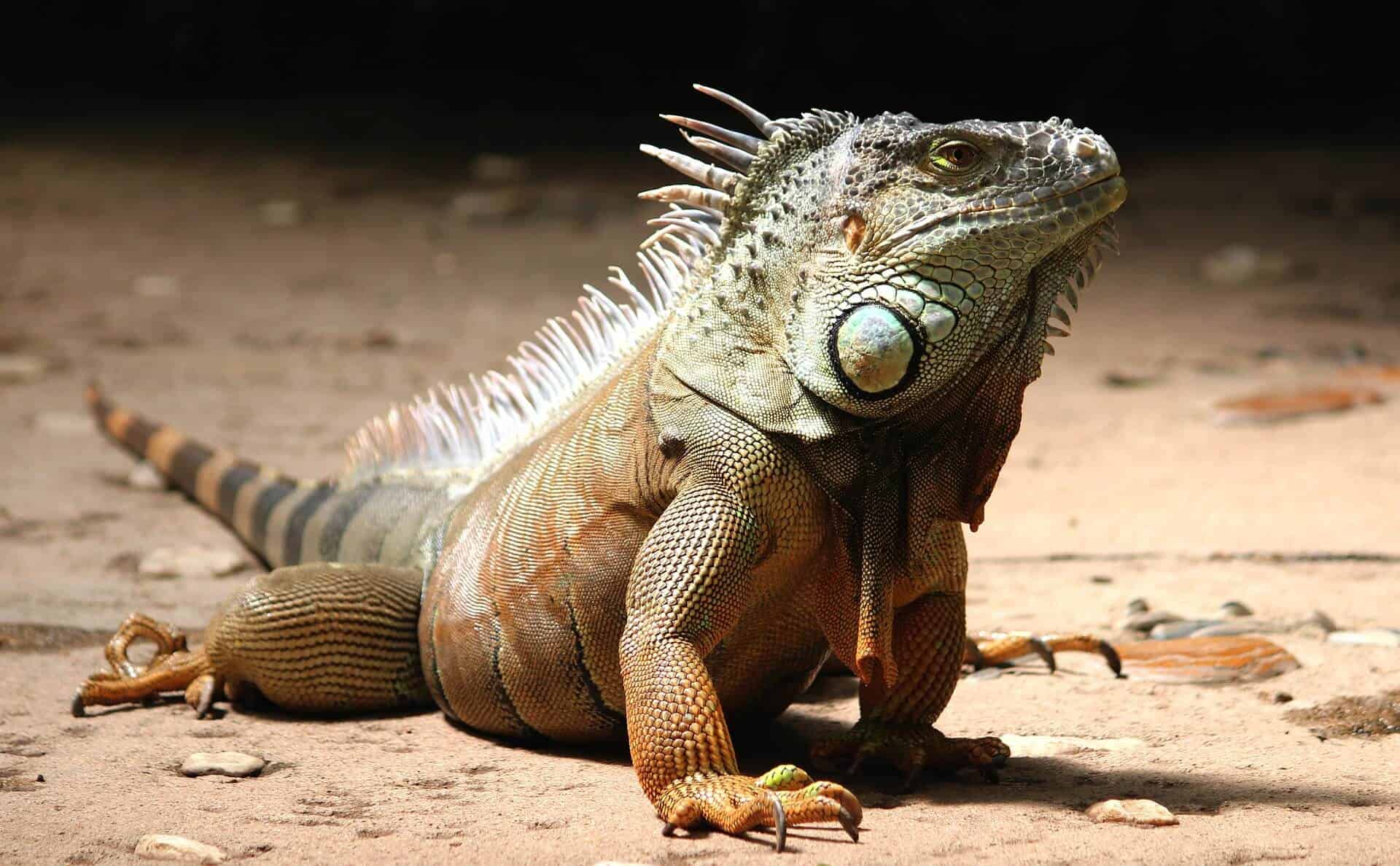Recent studies have revealed that more than half of the turtle population has eaten plastic.
It makes people wonder why turtles eat plastic? Is it turtle food, or do they eat it mistaken for food?
This guide has all the answers concerning sea turtles and plastic pollution killing them.
Do Turtles Like To Eat Plastic?
Humans are destroying all natural resources, including oceans. Plastic has reached the sea beds where these turtles reside. They mistake the plastic for jellyfish and other seaweed and eat it, which is very harmful; to their health.
Turtles are very intelligent. They don’t like to eat plastic or eat it by choice. Since they are animals and can’t differentiate between plastic and their natural food, they eat plastic.
Today, almost all sea turtles species are considered endangered due to excessive pollution.
How Much Plastics Do Sea Turtles Eat? Is Plastic Bad For Turtles?
Turtles are not always looking for jellyfish. They eat different natural foods.
Some sea turtles are omnivores, while some are carnivores. They eat crabs, conchs, seagrass, algae, jellyfish, sea sponges, shrimps, etc. Since human intervention is destroying marine life, these sea turtles often come across the plastic.
As per a study, most turtle populations have already eaten plastic. Almost 17% of the time, loggerheads eat plastic when they encounter it.
The figure is even drastic for Greens turtles as they eat plastic 62% of the time when encountered.
Each year, around 8 million tons of plastic reach the ocean and only increase the amount already lying down there.
Since it is non-degradable and takes centuries to be destroyed, turtles are bound to get confused and eat when this plastic reaches the bottom or keeps swimming in the ocean.
It doesn’t matter how much plastic they eat because even one piece of plastic can cause serious injury or can lead to death. Of course, plastic is bad for turtles.
The adult turtles who have already eaten plastic can be helped, but it is drastically affecting the young turtle population, which is unaware of the unfavorable environment.
Do Turtles Eat Plastic Straws? Why Do Turtles Like Straws?
A few years back, a video went viral where a sea turtle struggled with a straw stuck in its nose. It was bleeding profusely, and it took great efforts for the rescuers to save the turtle.
Does it look like the turtle was enjoying eating the straw? It was the exact opposite. The poor animal was suffering.
Humans use a plastic straw for less than five minutes and discard it to float away in the deep sea waters.
Turtles can’t understand if it is harmful to them. They eat it, mistaking it for food. Since it can’t be destroyed, it remains in the turtle’s stomach and keeps sending signals that its stomach is full.
Many times, turtles die because of malnutrition as they stop eating. In other cases, the straw gets stuck in their system and causes internal problems, including bleeding. It causes death.
This is why many restaurants and bars around the globe are banning plastic straws. They are also replacing them with paper straws. They are far more convenient and guilt-free. But remember, trees are cut to make paper.
So, if you can do without straws, opt for a better tomorrow by banning them.
What Happens When A Sea Turtle Eats Plastic?
There are several outcomes of eating plastic.
- First, it is non-degradable. How are turtles going to digest it? It is stuck in their system.
- If it is in their stomach, they will feel full all the time and stop eating. It leads to starvation. Every year, several hundred turtles die of the same problem.
- If they get entangled, there is nothing and no one to help them. The rescuers can’t reach all the turtles and help them. And they eventually die. They lose limbs, get choked, and even get life-threatening injuries.
- If this plastic reaches their intestine, it is fatal. It blocks the intestine and can also lead to internal bleeding, eventually taking their lives.
- They also get entangled in fishing gear. Turtles are heavy. They don’t swim as fast as lean fishes. If they get entangled and can’t resurface, they drown.
- If a turtle has lots of plastic in its body, it stops the physical growth and also affects reproduction.
In short, plastic is bad for animals, humans, birds, and this planet in every form.
How Much Plastic Kills A Turtle? Are Plastic Straws Really Killing Sea Turtles?
This question is the same as asking if cigarettes cause cancer. Plastic is a bigger problem than you anticipate, looking around your clean neighborhood. But the garbage you dump goes somewhere.
Every year 8 million tons of plastic end up in the ocean. 150 million tons are already lying there, and humans are only adding to the amount.
It doesn’t matter how much plastic kills a turtle. Even a single straw can take a turtle’s life.
The video of the struggling turtle with a straw stuck up its nose was one case. There are thousands of turtles in the sea who will not be counted and die a dreadful death under the sea because of a plastic bag you threw casually on the beach. Almost all the turtle species are endangered today.
If you are looking for the figures, it is believed that approx. 1000 turtles die because of ingesting plastic. This number can be called a mere scrap.
The actual number is quite disturbing. Scientists observed that 86% of the loggerheads, 83% of the Greens, 29% of the Olive Ridleys, and 80% of the Flatbacks have plastic in their stomachs in the Pacific Ocean.
It leaves only a handful that is free from plastic. Isn’t it disturbing?
The situation in the Indian Ocean is a bit better where 28% of the Flatbacks, 21% loggerheads, and 9% of Greens have plastic in their stomach.
Sea Turtles and plastic pollution is a problem that cannot be ignored anymore. If it makes turtles extinct, it will be a great blow for humans.
How Plastics Are Affecting Turtles, Their Habitat And Ecosystem?
First, there is no safe place left for turtles to roam freely. Because plastic is everywhere.
Recently a marine biologist shared a picture where the team found plastic in the unreachable sea beds.
It cannot be called an accomplishment for sure. The turtles also spend time on land, though it is far less.
When young turtles arrive at a plastic-crowded beach, they eat whatever they can find. They don’t have a good sense of what is good and bad.
They also get lost in all this debris, and worse, get entangled and die on the shores.
Apart from this, plastic is also disrupting their homes. Mother turtles dig holes in the beach sand to lay eggs. But when they come across plastic and cannot dig through it, they abandon laying the eggs, finding no safe place for their unborn babies.
It’s time humans also think about what kind of an environment they are handing over to future generations.
Then, there is climate change which is leading to unusual temperature rise. It is unfavorable for the eggs, as it may cook them or lead to more females being born than males.
One more term that scientists use today is the “evolutionary trap”. This trap is not a physical one but more of a mental one.
The animals make decisions based on their senses, which they have used for centuries. It leads them to a habitat that is harmful to them. They are compelled to live in an environment that is not safe for them.
Their natural habitats are depleting, which has compelled them to seek alternatives, not entirely safe for them.
How Many Turtles Die Everyday Due To Plastic?
If you go by the underestimated figure of 1000 deaths a year, it means approx. 3 turtles a day.
Sounds insignificant?
Now add up the numbers which have not been included in 1000. Then add the number of turtles that die in the ocean’s depth and are not even counted.
Then add the number of unborn babies who never saw the daylight because they got overcooked in the hot climate.
Even one turtle died due to plastic is unjustified.
How Do You Protect A Turtle From Plastic?
If you want to save a turtle from plastic, you can reduce plastic usage. It is the best way to save them. Apart from this, you can do the following things.
- If you find an injured turtle, inform the local authorities.
- Do not spread litter at beaches.
- Avoid using plastic straws.
- Use recyclable paper cups instead of plastic cups.
- Do not use single-use plastic.
- Volunteer for beach clearing.
- Spread awareness among people around you.
It may look like a far-fetched possibility that one person stopping plastic usage can help turtles., but think of it as a million people refusing to use plastic.
Even if you leave industrial waste aside, it will significantly reduce the wastage in the ocean every year. Every plastic reduced is a turtle saved.
Final Words
Every living organism in the world contributes to the survival of the species, even if it is a housefly.
Turtles also play a major role in maintaining the marine ecosystem. They are already endangered, and the plastic pollution is only making it difficult for them.
Let’s stop the damage now before it’s too late and the world is void of turtles. .
Say no to plastic, and save turtles!






